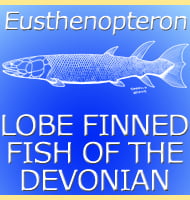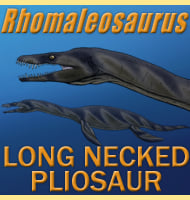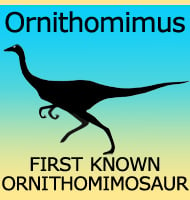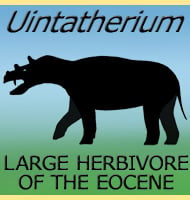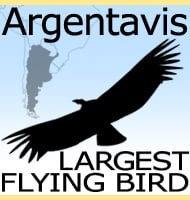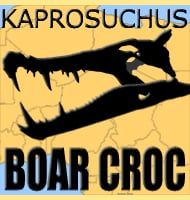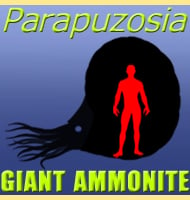In Depth
Despite being known from only scant fossil material, Normannognathus seems to have been a dsungaripterid pterosaur, a group noted for specialising in shellfish. The teeth seem to have covered at least the entire front portion of the jaws with teeth being present in the tip, although it is unknown how far back they go because the upper skull of Normannognathus is still unknown. The teeth are also robust and seem to be more suited for crushing than piercing soft flesh.
Normannognathus also seems to have had a crest on its snout that came to an abrupt end, and this led some to point similarities between Normannognathus and the better known Dsungaripterus.
Further Reading
– A new pterodactyloid pterosaur from the Kimmeridgian of the Cap de la H�ve (Normandy, France). – Geological Magazine 135:719-722. – E. Buffetaut, J.-J. Lepage & G. Lepage – 1998.

